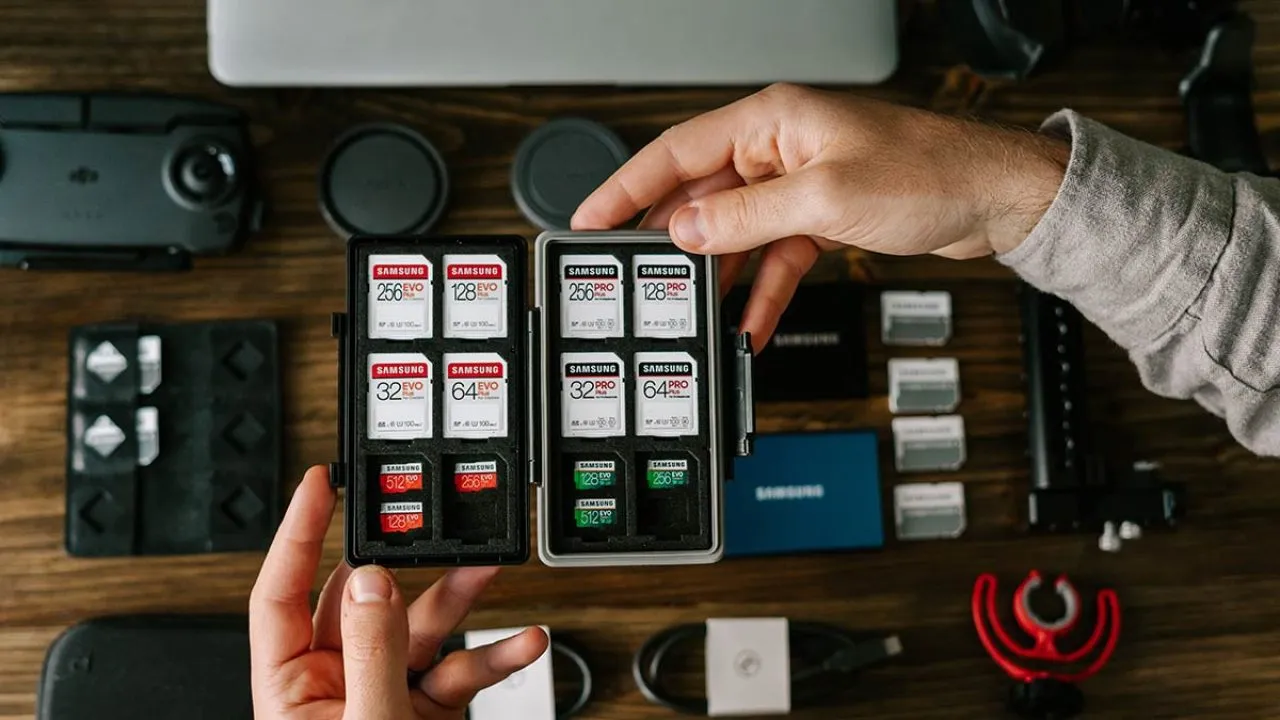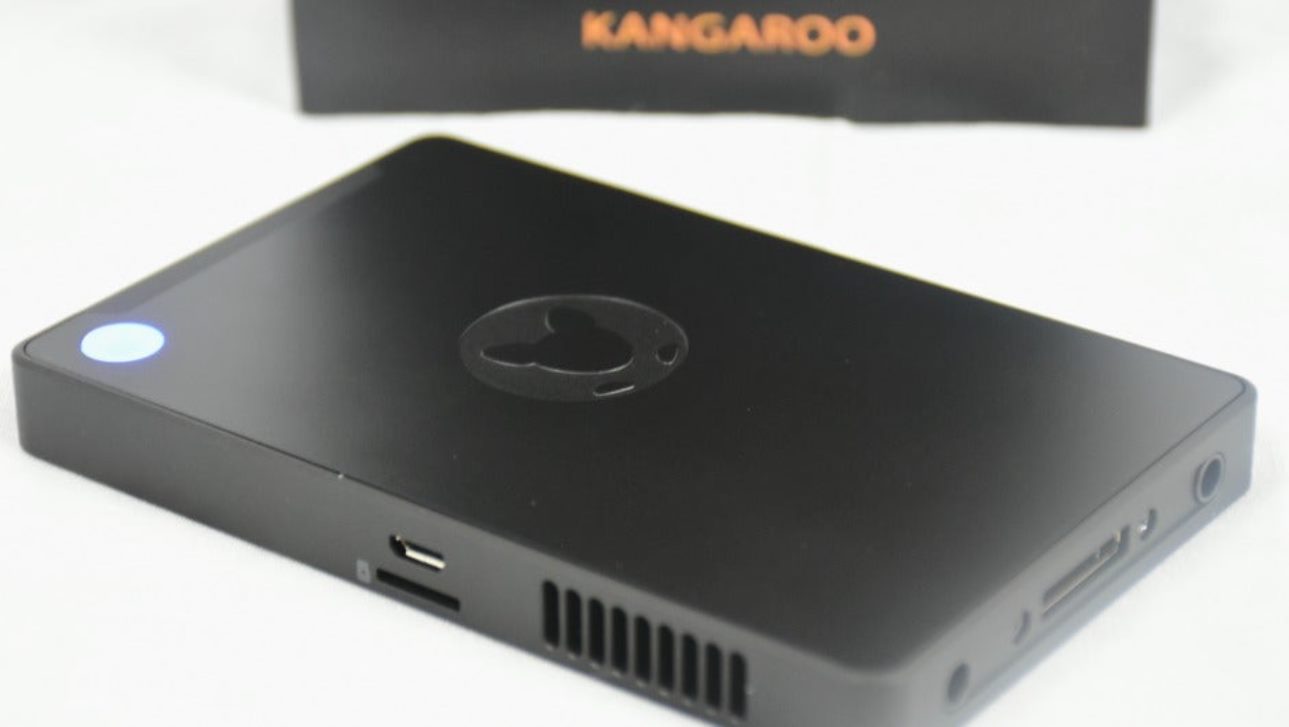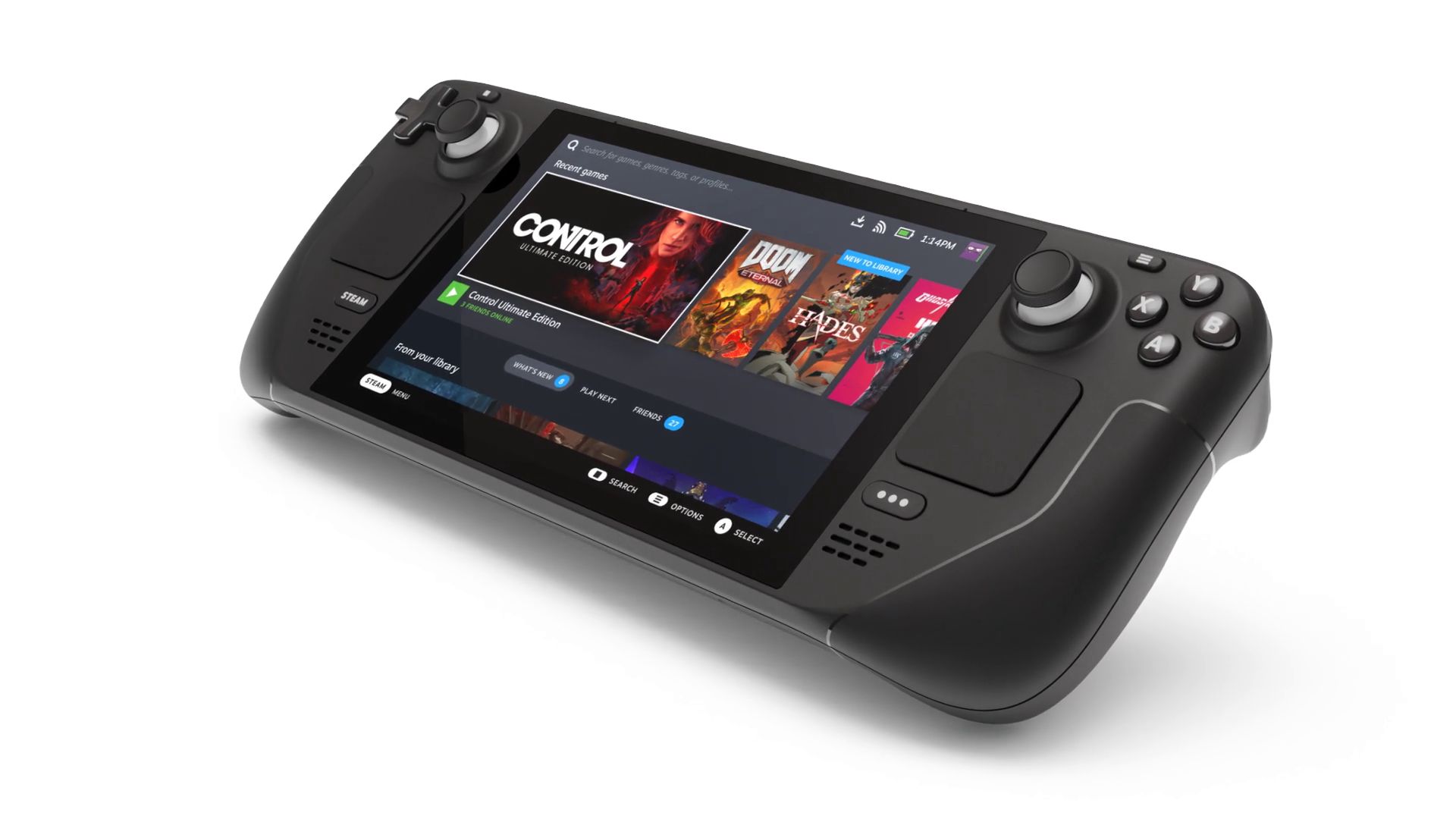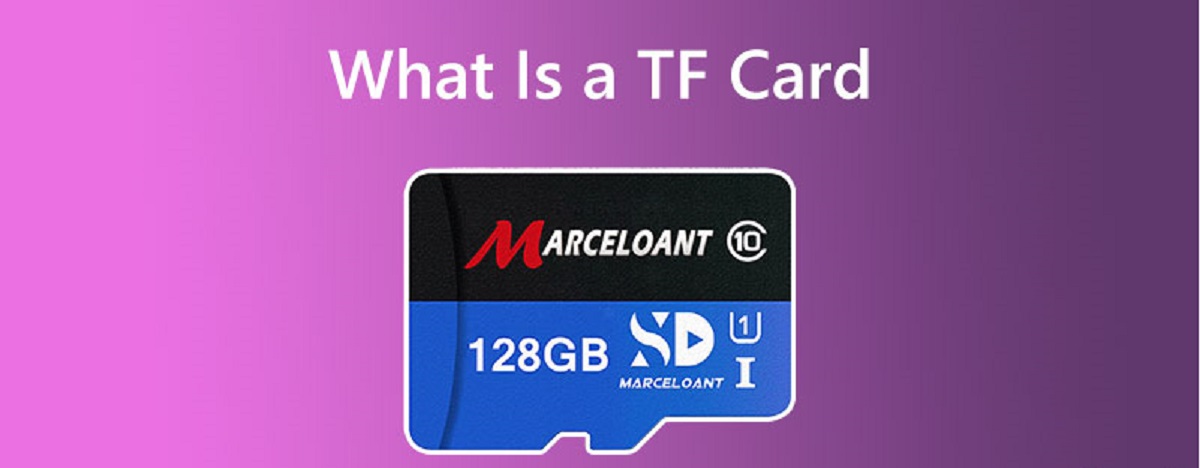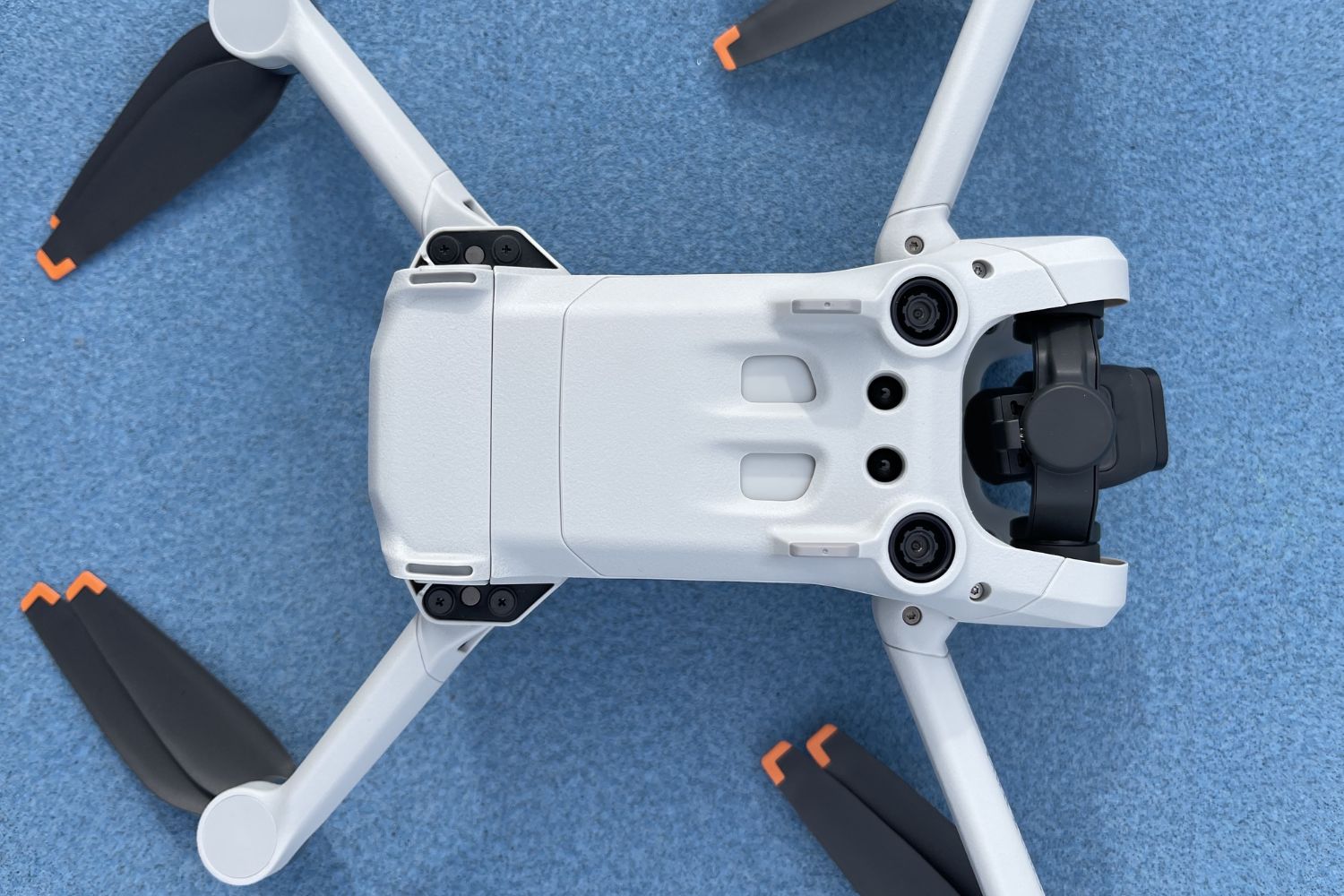Introduction
When it comes to storing data, SD cards have become an essential accessory for many electronic devices, ranging from smartphones and tablets to digital cameras and gaming consoles. With their compact size and high storage capacity, SD cards provide a convenient and portable solution for expanding the memory of your devices. However, with the wide variety of SD card options available in the market, choosing the right one can be a daunting task.
In this article, we will explore the key factors to consider when selecting an SD card. By understanding these factors, you will be equipped with the knowledge needed to make an informed decision and ensure optimal performance and compatibility with your devices.
From capacity and speed class to compatibility and price, each factor plays a crucial role in determining the suitability of an SD card for your specific needs. By considering these factors, you can avoid common pitfalls and select the SD card that meets your requirements.
Whether you are a professional photographer looking for a high-speed card for capturing burst shots, a mobile gamer in need of ample storage space, or a videographer recording in 4K resolution, understanding the following factors will be beneficial in narrowing down your choices and selecting the best SD card for your needs.
Capacity
One of the first considerations when choosing an SD card is its capacity, which refers to the amount of data it can store. SD cards come in a range of capacities, from a few gigabytes to several terabytes.
The right capacity for you depends on your storage needs and the type of files you plan to store on the card. If you mainly use the SD card to store photos, music, and documents, a lower capacity card may be sufficient. On the other hand, if you frequently record high-definition videos or capture RAW images, a higher capacity card is recommended.
It’s important to note that the actual usable capacity of an SD card is slightly less than the stated capacity. This is due to formatting and file system overhead. For example, an advertised 32GB SD card may offer around 28-30GB of usable storage.
Consider how much data you typically work with and how often you transfer files to other devices. If you frequently swap or transfer files between devices, a larger capacity SD card can save you the hassle of constantly managing and transferring files.
However, keep in mind that higher capacity cards are generally more expensive. Therefore, it’s important to strike a balance between your storage needs and budget when selecting the capacity of your SD card.
Speed Class
Speed class is an important factor to consider when choosing an SD card, especially if you frequently work with large files or require fast data transfer speeds. The speed class of an SD card indicates its minimum sustained write speed, measured in megabytes per second (MB/s).
SD cards are categorized into different speed classes: Class 2, Class 4, Class 6, Class 10, and UHS Speed Class. The Class ratings represent the minimum write speeds of the cards, with higher numbers indicating faster speeds. For example, a Class 10 SD card has a minimum write speed of 10MB/s.
It’s crucial to choose an SD card with a speed class that meets or exceeds the requirements of your device and usage. If you’re capturing high-definition videos or shooting in burst mode with a professional camera, opt for a higher speed class to ensure smooth and uninterrupted data recording.
Do keep in mind that speed class is only relevant to write speeds and is not an indicator of read speeds. However, most modern SD cards have comparable read speeds, so focusing on the write speed is usually sufficient.
Furthermore, if you own a device that supports the UHS-I (Ultra High Speed) bus interface, it’s worth considering UHS Speed Class cards. These cards offer even faster read and write speeds compared to traditional speed classes, making them ideal for demanding applications such as 4K video recording or high-resolution continuous burst photography.
UHS Speed Class
UHS Speed Class, or Ultra High Speed Speed Class, is a classification system that indicates the minimum sustained write speeds of SD cards. It is specifically designed for devices that support the UHS-I bus interface. UHS-I allows for faster data transfer rates, resulting in improved performance for tasks such as shooting high-resolution videos or capturing fast-action photos.
UHS Speed Class is denoted by the number inside a U-shaped symbol on the SD card. The U1 symbol indicates a minimum write speed of 10MB/s, while the U3 symbol represents a minimum write speed of 30MB/s. UHS-I cards with higher speed classes, such as V60 or V90, offer even faster write speeds required for professional-grade video recording.
It’s important to note that not all devices support UHS Speed Class cards. Make sure to check your device’s specifications to ensure compatibility. If your device does not support UHS-I, using a UHS Speed Class card will not provide any significant advantage over a standard speed class card.
For tasks that involve continuous shooting, like sports or wildlife photography, or when recording high-definition videos, UHS Speed Class cards are highly recommended. They provide the necessary write speed to keep up with the rapid data transfer requirements, minimizing buffering and ensuring smooth operation.
However, if your device does not require such high-speed write capabilities, choosing a UHS Speed Class card may not provide any noticeable benefits. In those cases, a standard speed class SD card will suffice for regular data storage and transfer needs.
Ultimately, the decision to use a UHS Speed Class card depends on the device you own and the specific requirements of your usage. It’s important to assess your needs and choose an SD card that strikes a balance between performance, compatibility, and cost.
Application Performance Class
In addition to speed class and UHS speed class, another factor to consider when choosing an SD card is the Application Performance Class (AxC). This class specifically applies to SD cards intended for use in mobile devices running applications.
The AxC rating indicates the minimum random read and write performance of the SD card, which is critical for smooth app operation, quick app launch times, and efficient data transfer. The higher the number associated with the AxC rating, the better the performance of the card in handling mobile applications.
There are currently four Application Performance Classes: A1, A2, A1 for Video, and A2 for Video. The A1 and A2 classes are relevant for general app performance, while the A1 for Video and A2 for Video classes are tailored for video recording in mobile devices.
For example, an A1-rated SD card is guaranteed to deliver a minimum of 1500 random read IOPS (input/output operations per second) and 500 random write IOPS, making it suitable for most mobile applications. On the other hand, an A2-rated card provides even higher performance, with minimums of 4000 random read IOPS and 2000 random write IOPS.
If you use your SD card predominantly for running apps on your smartphone or tablet, it is recommended to invest in an SD card that carries an AxC rating compatible with your device and anticipated app usage. This will ensure optimal performance, faster app loading times, and a smoother user experience.
However, for devices that primarily use SD cards for storing and transferring files rather than running applications, the AxC rating may not be as crucial. In these cases, prioritizing speed class, capacity, and compatibility would be more essential in choosing the right SD card.
Considering the AxC rating when selecting an SD card for mobile app usage can greatly enhance the performance and responsiveness of your device, particularly if you frequently use resource-intensive apps or multitask on your mobile device.
Transfer Speed and Reading/Writing Speed
When it comes to SD cards, transfer speed plays a crucial role in determining how quickly files can be read from or written to the card. This is particularly important when dealing with large files or when performing tasks that involve frequent data transfers.
SD cards typically advertise their transfer speeds in megabytes per second (MB/s) for both reading and writing. The higher the transfer speed, the faster the data can be accessed or stored on the card.
It’s important to note that transfer speed is not the same as the speed class or UHS speed class. Transfer speed refers to the actual data transfer rate, while speed class and UHS speed class indicate the minimum sustained write speed.
When choosing an SD card, consider your usage requirements. If you frequently work with high-resolution images, videos, or other large files, it’s advisable to invest in a card with faster transfer speeds to ensure smooth and efficient file handling.
For photographers, videographers, or content creators who need to quickly transfer files from the SD card to their computers or other devices, a higher transfer speed is essential for minimizing the time spent waiting for data transfers to complete.
It’s also worth noting that the transfer speed is influenced by the device in which the SD card is used. To achieve the maximum transfer speed, ensure that your device supports the necessary interface (e.g., UHS-I or UHS-II) and that your card reader or device’s firmware is up to date.
While it’s beneficial to have a fast transfer speed, it’s equally important to consider the intended usage of the SD card. For everyday tasks such as storing documents, music, or non-demanding media files, a lower transfer speed may be sufficient. In such cases, prioritizing capacity and cost-effectiveness may be more important than having an ultra-high-speed SD card.
Ultimately, the transfer speed of an SD card is an important consideration, particularly for high-bandwidth tasks or for users who require quick and efficient data transfer. Evaluating your specific needs and assessing the balance between transfer speed, storage capacity, and cost will help you choose the right SD card for your requirements.
Compatibility
When selecting an SD card, compatibility with your device is crucial to ensure seamless functionality and optimal performance. SD cards come in different physical sizes and formats, so it’s important to choose the right type of SD card that matches your device’s requirements.
The most common types of SD cards are standard SD, microSD, and miniSD. Standard SD cards are commonly used in digital cameras, camcorders, and some older devices. MicroSD cards are much smaller and are commonly used in smartphones, tablets, and other compact devices. MiniSD cards are less common and are generally not widely supported anymore.
It’s essential to check your device’s user manual or specifications to determine which type of SD card is compatible. Using an incompatible card can lead to issues such as the card not fitting into the device’s slot, not being recognized, or experiencing slow read/write speeds.
Additionally, consider the maximum supported capacity of your device. While newer devices can support higher-capacity SD cards, older devices may have limitations on the maximum capacity they can handle. Ensure that the chosen SD card’s capacity falls within the supported range of your device to avoid compatibility issues.
Some devices, particularly older ones, may require specific file systems (such as FAT32 or exFAT) or have limitations on the file sizes they can handle. It’s advisable to verify the supported file systems and file size limits of your device to ensure compatibility with the SD card you choose.
Furthermore, if you plan to use the SD card across multiple devices, such as transferring files between your camera and computer, check for compatibility with each device. Some devices may have specific requirements, such as supporting UHS-I or UHS-II speeds, which may not be compatible with all SD cards.
By considering the compatibility with your specific device and its requirements, you can select an SD card that guarantees seamless integration and reliable performance. Taking the time to ensure compatibility will help avoid potential issues and maximize the functionality of your SD card.
File System
The file system of an SD card is the method by which data is organized and stored on the card. The choice of a file system has implications for compatibility, performance, and file size limitations, so it’s important to consider the file system when choosing an SD card.
The most commonly used file systems for SD cards are FAT32 and exFAT. FAT32 is an older file system that offers compatibility with a wide range of devices, including cameras, smartphones, and gaming consoles. However, FAT32 has a maximum file size limitation of 4GB, which means it may not be suitable for storing large, single files such as high-definition videos.
On the other hand, exFAT is a newer file system that provides support for larger file sizes and better performance compared to FAT32. exFAT is recommended for devices that deal with large files, such as video recorders and devices that capture RAW images. However, some older devices may not support the exFAT file system.
When choosing an SD card, consider the compatibility of the file system with your devices. Check the user manual or specifications of your devices to verify the supported file systems. This will ensure that the SD card you choose is compatible and can be seamlessly used across your devices.
Additionally, keep in mind that different operating systems may handle file systems differently. For example, Windows and Android typically support both FAT32 and exFAT, while macOS has better native support for exFAT. If you plan to use the SD card across different operating systems, consider a file system that is compatible with all of them.
It’s worth noting that some SD cards come pre-formatted with a specific file system, while others may require formatting before use. If formatting is necessary, make sure to choose the appropriate file system during the formatting process to ensure compatibility with your devices.
By considering the file system compatibility, you can ensure that your chosen SD card works seamlessly with your devices, allows for efficient file storage and transfer, and supports the file size requirements of your specific use cases.
Durability and Reliability
Durability and reliability are important factors to consider when choosing an SD card, especially if you plan to use it in demanding environments or for critical data storage. Ensuring that your SD card is built to withstand wear and tear, temperature variations, and other potential hazards is essential for long-term usage.
One aspect to consider is the physical build quality of the SD card. Look for cards that are designed to be shockproof, waterproof, dustproof, and temperature resistant. These features provide added protection against accidental drops, exposure to moisture, and extreme temperatures, thereby safeguarding your data and prolonging the lifespan of the card.
In addition to physical durability, the reliability of an SD card is crucial in terms of error correction and data integrity. Look for SD cards that employ advanced error correction mechanisms to prevent data corruption and ensure accurate storage and retrieval of your files.
It’s also important to check reviews and feedback from other users to gauge the reliability of different SD card brands and models. Look for reputable brands with a track record of producing reliable storage solutions, as they are more likely to prioritize quality control and provide reliable performance.
Remember that even with a durable and reliable SD card, regular backups of your important data are always recommended. No matter the quality or resilience of the card, unforeseen circumstances can still lead to data loss. Maintaining backups will ensure that your valuable files are protected in any eventuality.
Furthermore, it’s important to keep in mind that not all SD cards are created equal in terms of durability and reliability. While budget options may seem appealing, they may lack the robustness and reliability of more premium cards. Investing in a higher-quality SD card can provide peace of mind and minimize the risk of data loss due to card failures.
By considering the durability and reliability of an SD card, you can select a card that is built to withstand the demands of your usage scenario and minimize the risk of data loss or card failures. Prioritizing these features ensures that your data remains safe and accessible for years to come.
Price
Price is an important factor to consider when choosing an SD card. SD cards are available in a wide range of price points, depending on factors such as capacity, speed class, brand, and additional features. Understanding your budget and weighing it against your storage and performance needs is crucial when making a purchasing decision.
Higher-capacity SD cards, cards with faster speed classes, and those with additional features like waterproofing or extreme temperature resistance tend to be more expensive. If you have specific requirements that necessitate these features, investing in a higher-priced card may be justified.
However, it’s also important to assess whether the additional features and higher capacity align with your actual needs. Purchasing an SD card with more capacity or faster speeds than necessary may be an unnecessary expense, especially if you won’t fully utilize the additional capabilities.
Consider your budget and evaluate the trade-off between capacity, speed, and price. Determine the minimum storage capacity and speed class required to meet your needs, and then compare prices across different brands and models to find the best value for your money.
It’s worth noting that price can also be an indicator of quality and reliability. Cheaper SD cards from unknown brands may not offer the same level of durability or performance as more reputable brands. It’s often beneficial to invest in a higher-priced card from a trusted brand to ensure better quality and longevity.
Additionally, keep an eye out for sales, promotions, or bundle deals that may offer better value for your money. Compare prices from different retailers to find the best deals and discounts available.
Ultimately, while price is an important consideration, it should not be the sole determining factor. Balancing your budget with your storage and performance requirements will help you choose an SD card that provides the best value, ensuring that you get the features you need without overspending.
Conclusion
Choosing the right SD card is crucial to ensure optimal performance, compatibility, durability, and reliability for your devices. By considering factors such as capacity, speed class, transfer speed, compatibility, file system, durability, and price, you can make an informed decision that meets your specific needs.
Start by assessing your storage needs and determine the appropriate capacity for your files. Consider the type of files you will be storing and whether you require additional space for future expansion.
Next, evaluate the speed class and UHS speed class requirements based on the usage scenarios and applications you plan to use. If you’re capturing high-definition videos, shooting in burst mode, or running resource-intensive apps, opt for higher speed classes for optimal performance.
Transfer speed is also important, particularly if you frequently transfer large files or work with high-bandwidth tasks. Choose an SD card with faster transfer speeds to minimize transfer times.
Ensure compatibility by selecting the right physical size (standard SD, microSD, or miniSD) and verifying support for the necessary file systems in your devices. This will ensure seamless integration and prevent compatibility issues.
Additionally, consider the durability and reliability of the SD card, especially if you plan to use it in rugged environments or for critical data storage. Look for cards that are shockproof, waterproof, and temperature resistant, and check for reputable brands known for their reliable storage solutions.
Finally, take price into consideration and strive to find the right balance between budget and the required features. Look for value by comparing prices, considering sales or promotions, and choosing a trusted brand that offers a good combination of performance, reliability, and affordability.
By taking all these factors into account, you can confidently choose an SD card that meets your storage needs, provides excellent performance, and offers peace of mind in terms of durability and reliability. Remember to regularly back up your data to ensure additional protection, regardless of the SD card you choose.







